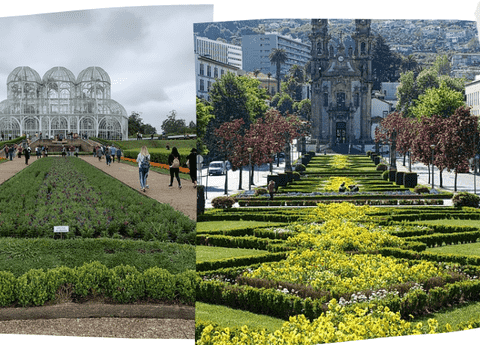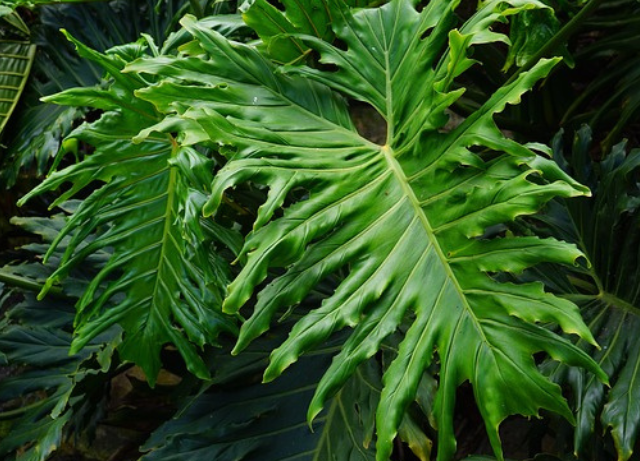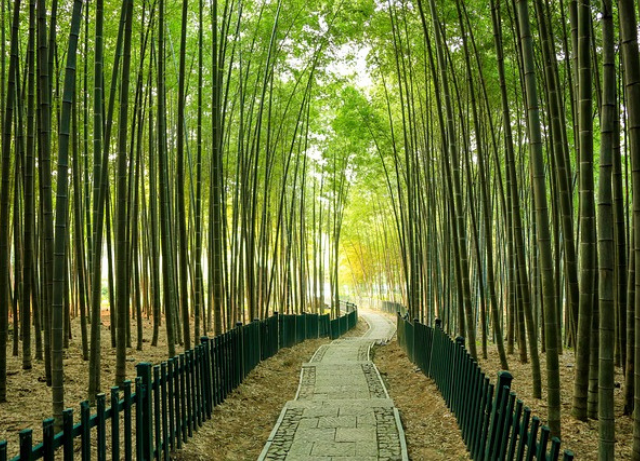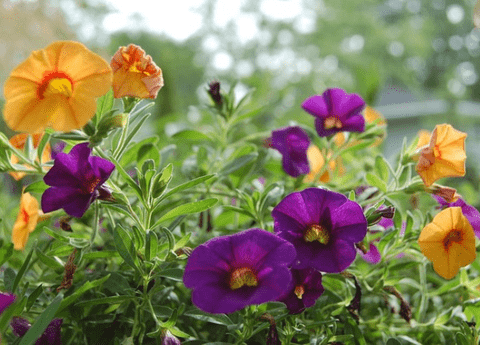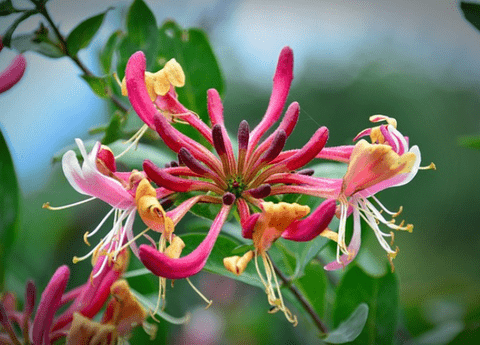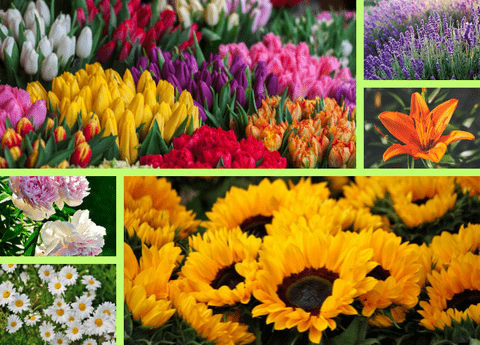The Ultimate Guide to Botanical Gardens: A Gardener’s Paradise
Botanical gardens are havens of tranquility and beauty, offering a sanctuary for plant enthusiasts and casual visitors alike. These meticulously curated spaces showcase a diverse array of plant species from around the globe, providing a unique opportunity to explore the wonders of the natural world. For gardeners, botanical gardens are not just a feast for the eyes but also a treasure trove of inspiration and knowledge. In this guide, we will delve into the enchanting realm of botanical gardens, uncovering their history, significance, and the myriad ways they can enrich your gardening journey.
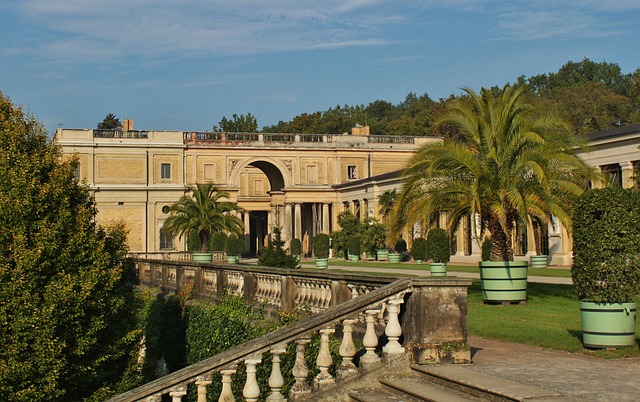
Discovering Botanical Gardens
History and Evolution
The origins of botanical gardens date back to the ancient civilizations of Egypt, China, and Mesopotamia, where early forms of these gardens were used for medicinal and agricultural research. However, the concept as we know it today began to take shape during the Renaissance in Europe. The first modern botanical gardens were established in Italy in the 16th century, with gardens like the Orto Botanico di Pisa and the Orto Botanico di Padova leading the way. These gardens were primarily focused on the study and classification of plants for medicinal purposes.
As time progressed, botanical gardens evolved to become centers of botanical research, conservation, and education. In the 18th and 19th centuries, explorers and botanists collected plant specimens from around the world, enriching the collections of many gardens. Today, botanical gardens play a crucial role in plant conservation, public education, and the promotion of biodiversity.
Types of Botanical Gardens
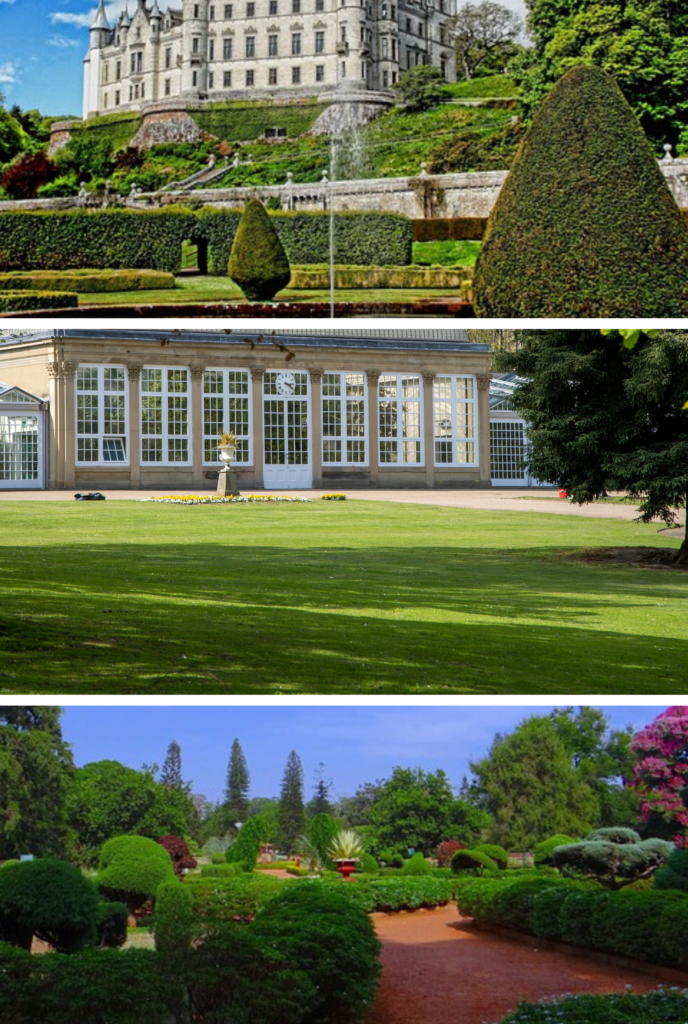
Botanical gardens come in various forms, each with distinct characteristics and purposes. Public botanical gardens are the most common type, open to the public for recreational and educational purposes. These gardens often feature themed sections, such as rose gardens, tropical plant displays, and arboretums.
Another type is the research botanical garden, which focuses primarily on scientific study and conservation. These gardens may not always be open to the public, as they serve as critical centers for botanical research, plant breeding, and genetic conservation.
Additionally, university botanical gardens are affiliated with academic institutions and support educational programs. They offer a living laboratory for students and researchers to study plant sciences.
Specialized botanical gardens, such as those dedicated to specific climates or types of plants, also exist. Examples include desert botanical gardens, alpine gardens, and orchid conservatories. Each type of botanical garden contributes uniquely to the broader goals of plant conservation, education, and public enjoyment.
Famous Botanical Gardens Around the World
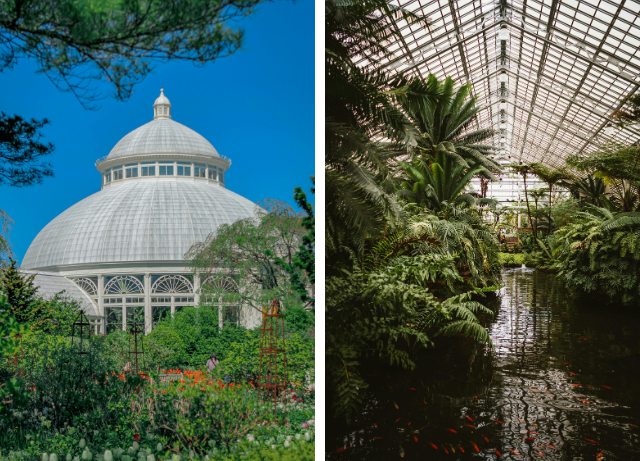
Several botanical gardens around the world stand out for their unique collections and historical significance. The Royal Botanic Gardens, Kew, in London is one of the most renowned. Established in 1759, Kew Gardens boasts an impressive collection of over 50,000 living plants and numerous heritage-listed structures.
In the United States, the New York Botanical Garden is a prominent institution. Located in the Bronx, it features 250 acres of diverse plant collections, including a stunning Victorian-style glasshouse and extensive research facilities.
Another notable garden is the Singapore Botanic Gardens, a UNESCO World Heritage Site. Known for its tropical rainforest and the National Orchid Garden, it attracts millions of visitors annually.
In Australia, the Royal Botanic Garden Sydney offers spectacular views of Sydney Harbour and showcases an extensive collection of native and exotic plants.
These famous botanical gardens not only provide breathtaking scenery but also serve as important centers for plant research, conservation, and education.
Planning Your Visit
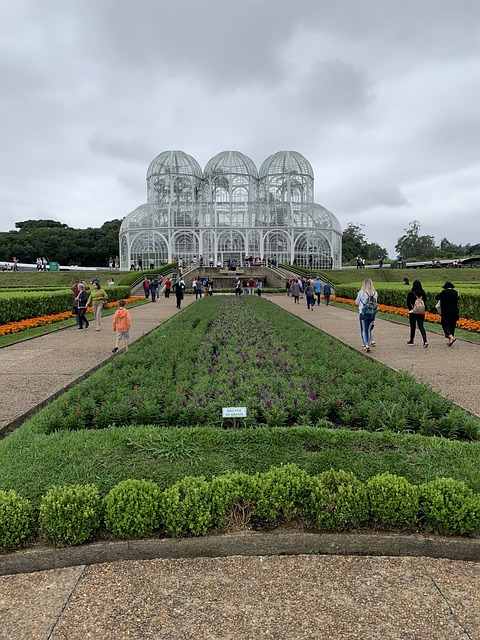
Best Times to Visit
The best time to visit a botanical garden often depends on the specific garden and the types of plants it features. In temperate regions, spring and early summer are ideal times to visit, as many plants are in full bloom, offering vibrant displays of color and fragrance. This period is perfect for capturing the beauty of flowering trees, shrubs, and perennials.
In tropical and subtropical regions, botanical gardens can be enjoyed year-round, though the rainy season might be best avoided due to potential heavy downpours and humidity. For autumn foliage, late September to early November can be a spectacular time to visit gardens in regions with deciduous trees.
Winter visits can also be rewarding, especially in gardens with conservatories or greenhouses that house tropical plants. Additionally, some gardens host special winter light displays and events, making them a unique winter attraction.
Ultimately, checking the garden’s event calendar and seasonal highlights can help you plan the most enjoyable visit.
What to Bring

When planning a visit to a botanical garden, packing the right items can enhance your experience. Comfortable walking shoes are essential, as you’ll likely be traversing various terrains and spending a good amount of time on your feet. A hat and sunglasses can provide protection from the sun, while a light jacket or umbrella might be necessary for unexpected weather changes.
Carrying a reusable water bottle is advisable to stay hydrated, especially during warmer months. A camera or smartphone with a good camera can help you capture the garden’s beauty and any plant inspiration you might want to remember.
Bringing along a field guide or plant identification app can enrich your visit by helping you learn more about the plants you encounter. Additionally, a small notebook and pen can be handy for jotting down any gardening ideas or tips you pick up along the way.
Lastly, consider bringing a picnic blanket or snacks if the garden permits outdoor dining, allowing you to relax and fully enjoy your surroundings.
Guided Tours vs. Self-Guided Tours
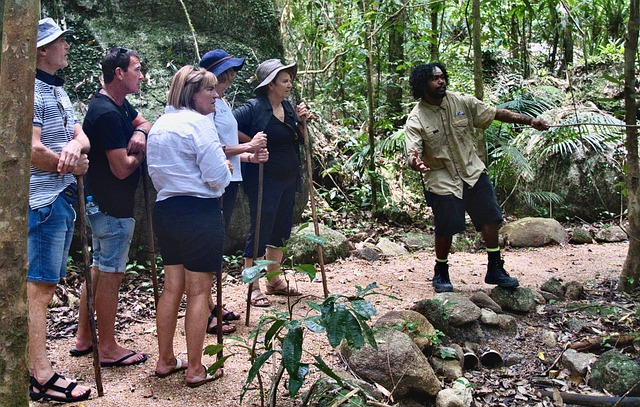
Choosing between a guided tour and a self-guided tour at a botanical garden depends on your preferences and what you hope to gain from the visit. Guided tours are typically led by knowledgeable staff or volunteers who can provide in-depth information about the garden’s history, plant species, and unique features. These tours often include fascinating anecdotes and insights that you might miss on your own, making them ideal for those looking to learn more deeply about the botanical world.
Conversely, self-guided tours provide the freedom to explore at your own pace. They allow you to spend more time on areas that interest you most and skip sections that may be less appealing. Many botanical gardens provide maps, informational plaques, and even mobile apps to enhance the self-guided experience.
Ultimately, both options have their merits. If time and learning are priorities, a guided tour might be the best choice. However, if you prefer a leisurely, personalized experience, a self-guided tour could be more enjoyable.
Benefits of Botanical Gardens
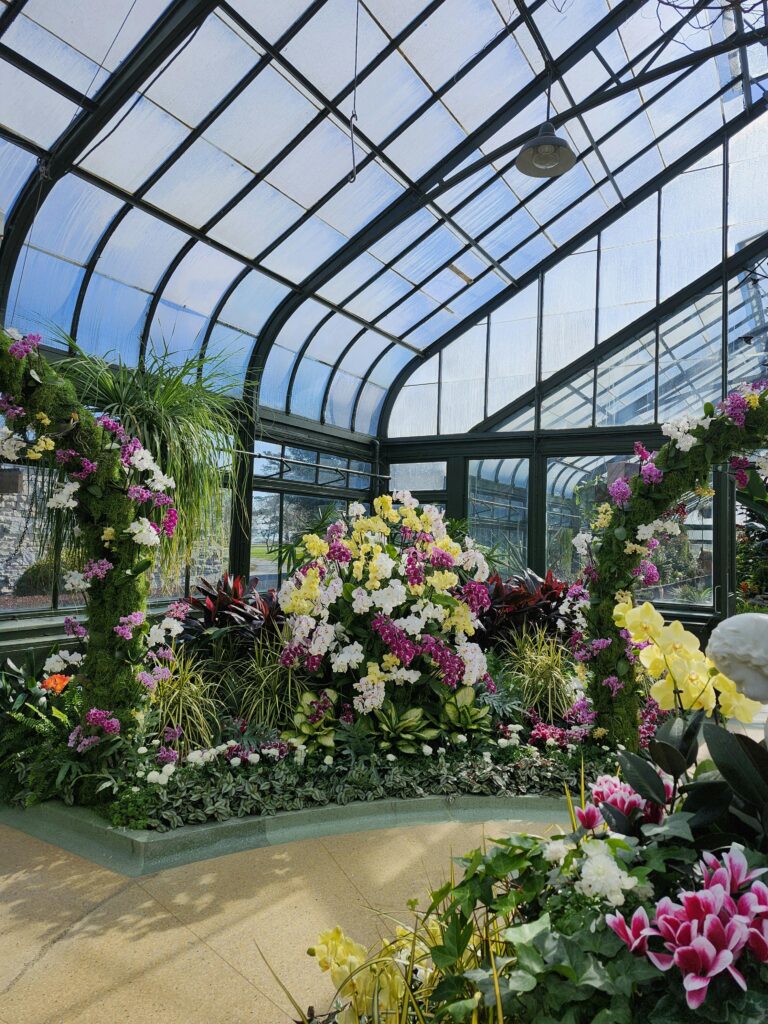
Educational Opportunities
Botanical gardens offer a wealth of educational opportunities for visitors of all ages. Many gardens provide workshops, lectures, and hands-on classes on various topics, such as plant identification, sustainable gardening practices, and botanical art. These programs are often led by experts in the field, offering valuable insights and practical skills that can be applied to your own gardening endeavors.
For children, botanical gardens frequently host educational programs designed to foster a love for nature and an understanding of plant science. These might include guided nature walks, interactive exhibits, and specialized school programs that align with educational standards.
Moreover, botanical gardens serve as living laboratories for students and researchers. They offer access to diverse plant collections and ecosystems, making them ideal sites for academic study and scientific research.
By engaging with the educational opportunities at botanical gardens, visitors can deepen their knowledge, enhance their appreciation for the natural world, and gain inspiration for their gardening projects.
Conservation Efforts
Botanical gardens play a crucial role in global conservation efforts. They act as sanctuaries for endangered plant species, providing a controlled environment where these plants can be studied, propagated, and preserved. Many gardens participate in seed banking, where seeds from rare and threatened species are stored for future use, ensuring their survival against threats like habitat loss and climate change.
Additionally, botanical gardens engage in restoration ecology projects, working to rehabilitate and restore natural habitats. They often collaborate with local and international conservation organizations to reintroduce native species into the wild and combat invasive species that threaten biodiversity.
Educational programs at botanical gardens frequently highlight the importance of conservation, raising public awareness about environmental issues, and promoting sustainable practices. By visiting and supporting botanical gardens, individuals can contribute to these vital conservation efforts and help safeguard the planet’s botanical diversity for future generations.
Inspiration for Home Gardens

Botanical gardens are a fantastic source of inspiration for home gardeners. The diverse plant collections and creative landscape designs provide numerous ideas that can be adapted to your own garden. By observing the arrangements of plants, color combinations, and use of space in botanical gardens, you can gain insights into effective garden planning and design.
Many botanical gardens feature themed sections, such as herb gardens, rock gardens, or water gardens, which can inspire you to create similar features at home. Information about plant care, soil conditions, and climate adaptation provided in these gardens can help you choose the right plants and techniques for your own garden environment.
Additionally, botanical gardens often display innovative gardening practices, such as vertical gardens, container gardening, and sustainable gardening methods. These examples can motivate you to experiment with new ideas and improve the aesthetics and functionality of your home garden.
Visiting botanical gardens regularly can keep your gardening ideas fresh and evolving, ensuring your home garden is both beautiful and ecologically friendly.

